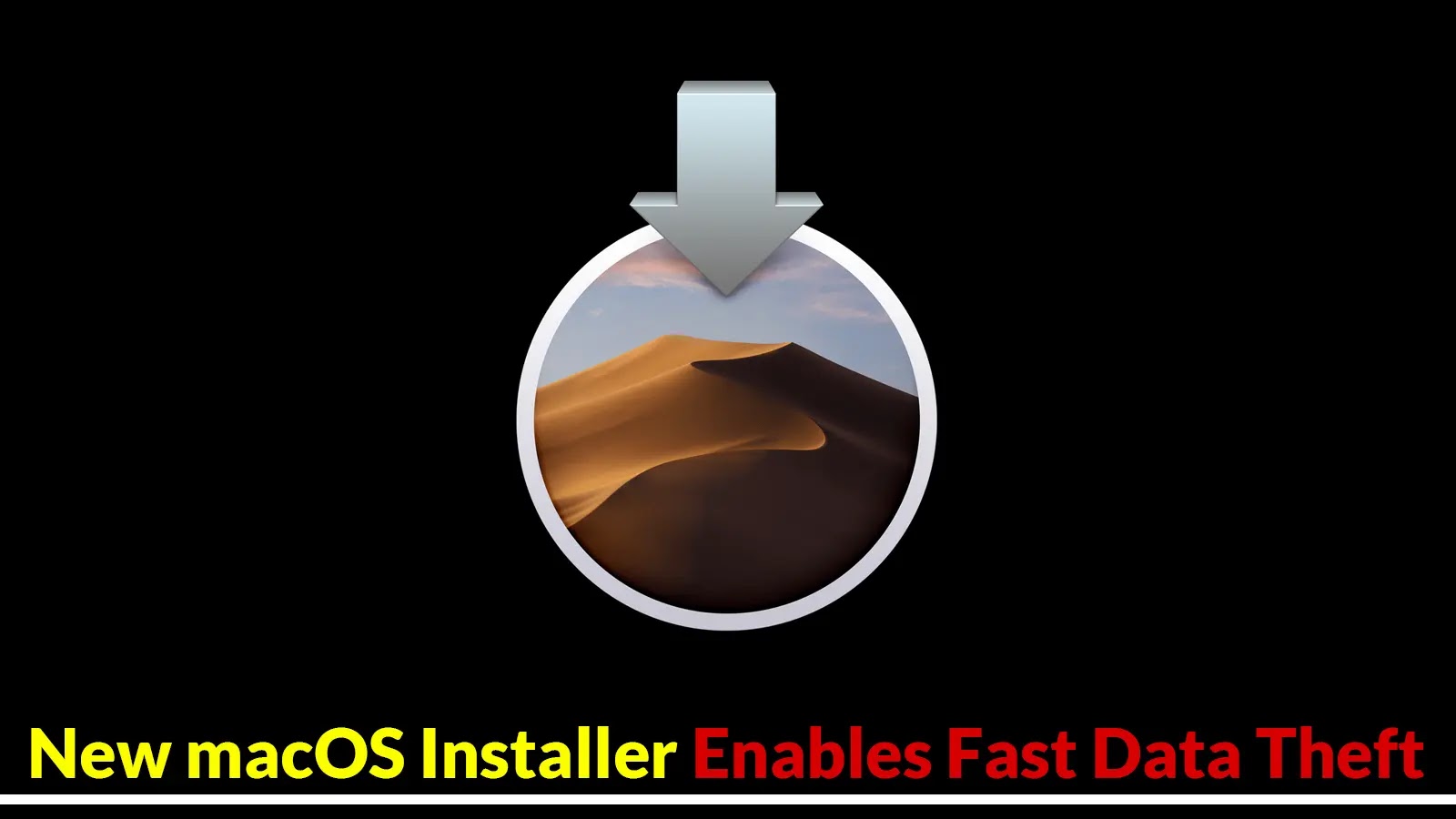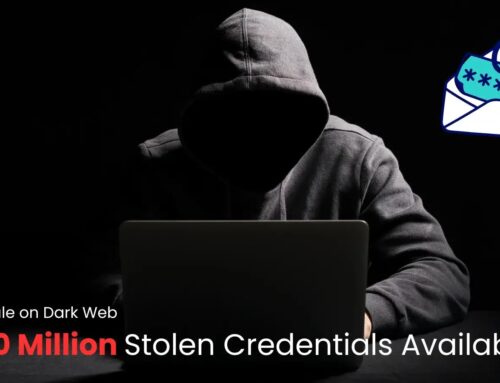
New macOS Installer Promising Lightning-fast Data Exfiltration Advertised on Dark Web
The dark web’s digital black markets are constantly evolving, and a new threat looms large for macOS users. A sophisticated new stealer, whimsically dubbed Mac.c, has surfaced, promising threat actors lightning-fast data exfiltration at a disturbingly affordable rate. This development signals a significant escalation in the ongoing cat-and-mouse game between cybersecurity professionals and malicious actors.
Mac.c: A Glimpse into the Latest macOS Threat
Discovered circulating on prominent darknet forums, Mac.c is advertised as a streamlined, highly efficient macOS stealer. Its developer, operating under the moniker “mentalpositive,” positions Mac.c as a superior, more agile alternative to established stealers such as AMOS. The core appeal of Mac.c lies in its advertised ability to rapidly exfiltrate sensitive user data with a minimal digital footprint, making detection and mitigation efforts more challenging.
Key Targets and Modus Operandi
Early analysis of Mac.c samples reveals its primary targets include:
- User Credentials: Login information for various online services, applications, and system access.
- Cryptocurrency Wallets: Private keys, seed phrases, and other critical data associated with digital asset holdings.
- System Metadata: Information about the compromised macOS device, which can be invaluable for further exploitation or targeted attacks.
The “lightning-fast” claim is particularly concerning. Rapid exfiltration means less time for security solutions to detect anomalous network activity, providing a narrower window for organizations and individuals to react to a breach. The advertised monthly subscription model of $1,500 further lowers the barrier to entry for cybercriminals, making this potent tool accessible to a broader range of malicious actors.
Comparison to AMOS Stealer
The threat actor “mentalpositive” explicitly markets Mac.c as a refined alternative to the AMOS stealer. While both are designed for data exfiltration on macOS, Mac.c’s alleged advantages include:
- Streamlined Operation: Implied greater efficiency and ease of use for the attacker.
- Minimal Footprint: Suggests advanced evasion techniques to avoid detection by traditional security tools.
- Speed: Focus on accelerated data exfiltration, reducing the window of opportunity for detection and response.
This direct comparison indicates an ongoing arms race in malware development, with threat actors consistently seeking to create more effective and stealthy tools to bypass existing security measures.
Remediation Actions and Protective Measures
Protecting macOS environments from sophisticated stealers like Mac.c requires a multi-layered security strategy. Proactive measures are paramount to minimize exposure and mitigate potential damage:
- Regular Software Updates: Ensure your macOS operating system and all applications are kept up-to-date. Apple frequently releases patches for security vulnerabilities.
- Strong, Unique Passwords: Implement complex, unique passwords for all accounts. Utilize a reputable password manager to securely store and generate these credentials.
- Multi-Factor Authentication (MFA): Enable MFA for all critical accounts, particularly those containing sensitive data or financial information. This adds a crucial layer of security, even if credentials are compromised.
- Antivirus and Endpoint Detection and Response (EDR): Deploy and maintain robust antivirus software and EDR solutions designed for macOS. Ensure these tools are configured for real-time scanning and regular updates.
- Network Monitoring: Implement network traffic monitoring to detect unusual outbound connections or unusually large data transfers, which could indicate exfiltration attempts.
- User Education: Train users to recognize and report phishing attempts, suspicious emails, and unfamiliar software downloads. Most successful stealer attacks begin with social engineering.
- Regular Backups: Maintain regular, encrypted backups of critical data to an offsite or air-gapped location. This ensures data recovery capability in the event of a successful exfiltration or ransomware attack.
- Principle of Least Privilege: Limit user permissions to the minimum necessary for their roles. This can restrict the scope of damage if an account is compromised.
Detection and Mitigation Tools
Leveraging appropriate cybersecurity tools can significantly enhance your ability to detect and mitigate threats like Mac.c:
| Tool Name | Purpose | Link |
|---|---|---|
| Malwarebytes for Mac | Endpoint protection, malware detection & removal. | https://www.malwarebytes.com/mac |
| SentinelOne | AI-powered EDR for proactive threat hunting and autonomous response. | https://www.sentinelone.com/ |
| Snort | Network intrusion detection system (NIDS) for traffic analysis. | https://www.snort.org/ |
| OSSEC | Host-based intrusion detection system (HIDS) for log analysis and file integrity monitoring. | https://www.ossec.net/ |
| VirusTotal | Online service for analyzing suspicious files and URLs to detect malware. | https://www.virustotal.com/gui/home/upload |
The Cybersecurity Imperative for macOS Users
The emergence of Mac.c underscores a critical reality: no operating system is immune to sophisticated cyber threats. While macOS has often been perceived as inherently more secure, the increasing development of targeted malware, particularly stealers, confirms that vigilance and robust security practices are indispensable. Organizations and individual users alike must prioritize proactive defenses, stay informed about evolving threat landscapes, and implement comprehensive security measures to safeguard their valuable digital assets.





